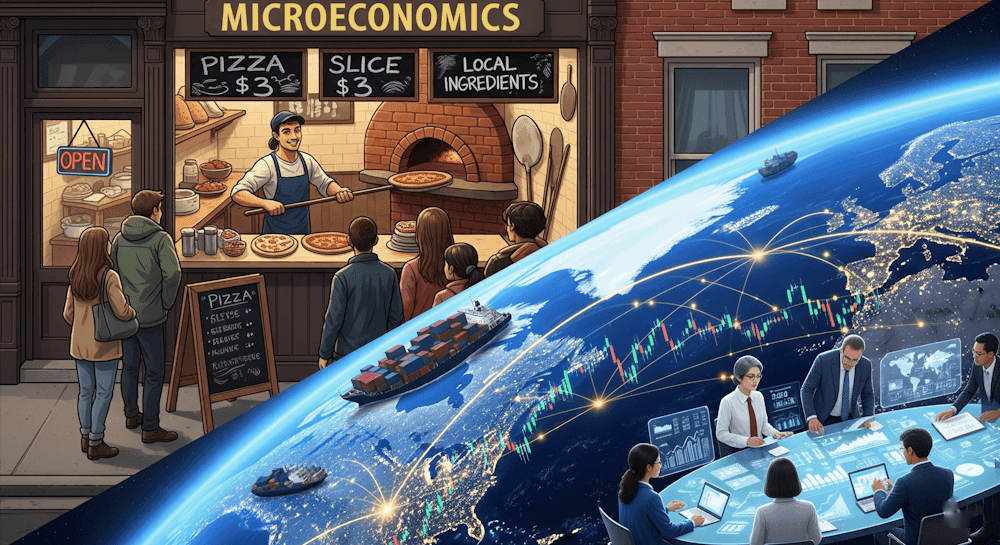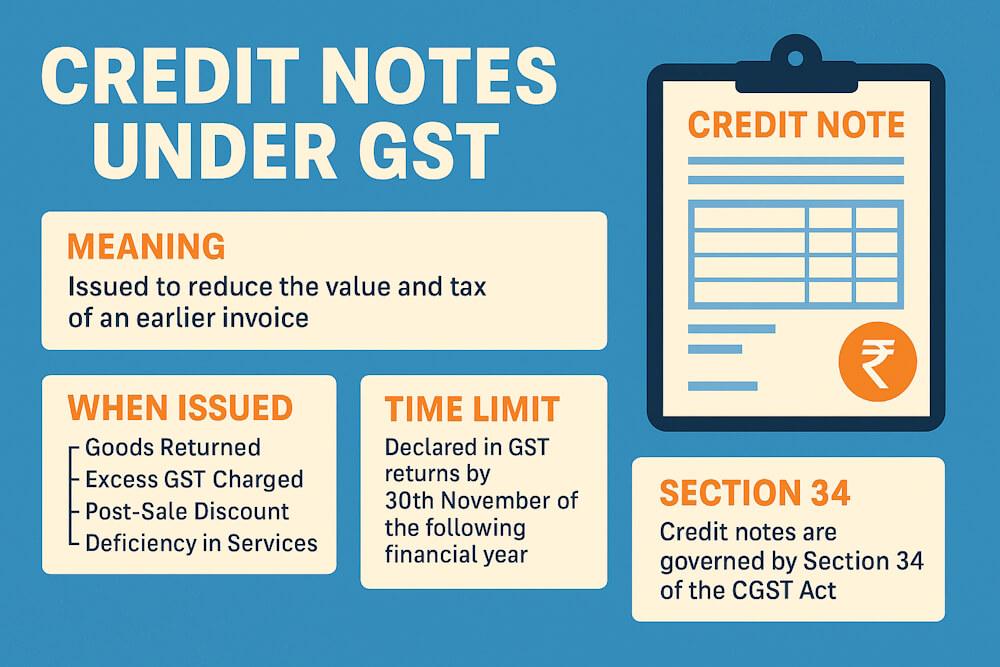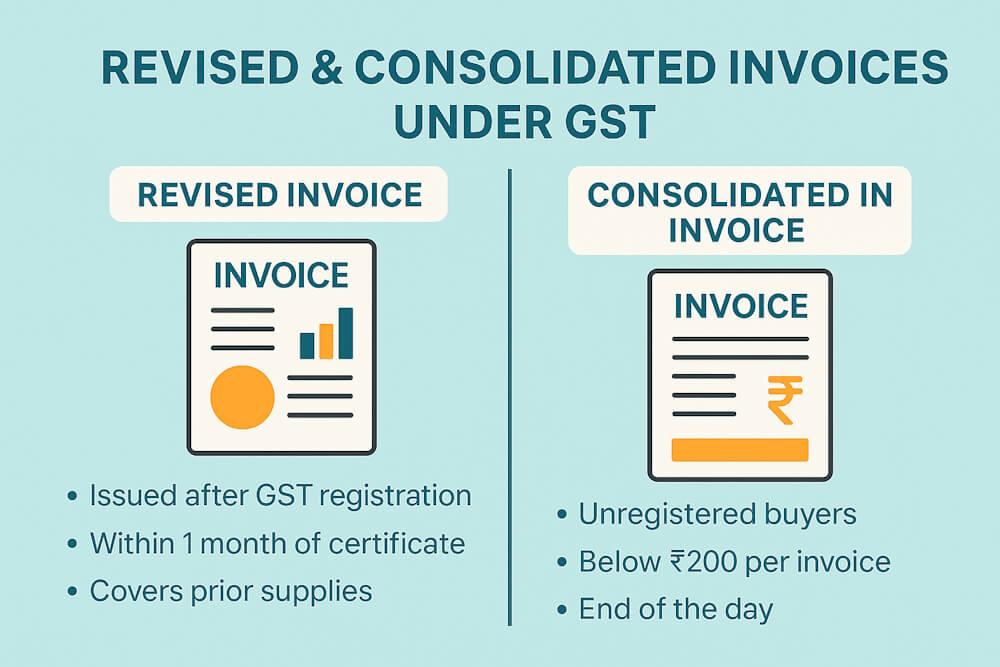Economics can sound intimidating. Like something professors debate in classrooms or what economists on TV argue about when stock markets go crazy. But here’s the thing—it’s not just some distant subject. Economics is literally baked into your everyday choices, whether you think about it or not. And the two main “lenses” for looking at this stuff are microeconomics and macroeconomics. Fancy words, yeah, but once you break them down, they’re not that scary. So let’s just walk through it, no jargon-heavy talk. Just the basics, explained in plain English.
What’s Microeconomics Anyway?
Think small. That’s micro. Microeconomics is like zooming in on one little corner of the world—one shop, one person, one household, one decision. It’s about the nitty-gritty of how individuals and businesses make choices when they don’t have unlimited resources.
Picture this: you run a tiny pizza shop. Now, you’ve got questions like—should you raise the price of a slice from $10 to $12? Will customers stick around, or will they run to the guy across the street? Do you hire one more delivery guy to speed things up, or do you keep costs tight and risk annoying customers with longer waits? These are the kinds of micro-level decisions that keep your business afloat (or sink it).
It’s basically decision-making under pressure. Limited dough (literally and financially), unlimited things you’d like to do. Every small choice—like where to set prices, how much to produce, who to hire—fits into this micro world.
And here’s the kicker: even though it feels small, these decisions are massive in their impact. If you set prices wrong, you lose money. If you overhire, your profits shrink. If you underhire, you lose customers. Microeconomics is that balancing act.
Examples of Micro in Real Life
It’s not just pizza shops, obviously. Look around and you’ll see micro everywhere.
- A college student debating whether to spend their last 200 bucks on a new phone or save it for rent.
- A farmer deciding how many acres to devote to rice versus wheat, depending on which crop might sell better this year.
- Uber adjusting prices in real time depending on how many drivers are on the road and how many people are trying to book a ride.
See the pattern? Microeconomics is all about choices. Little choices, but they pile up.
Okay, So What’s Macroeconomics Then?
Now flip the lens. Instead of focusing on one pizza shop, imagine looking at the entire country’s food industry. Or better yet, the entire country’s economy. That’s macro.
Macroeconomics is the zoomed-out version. It looks at the big forces that shape whole economies: unemployment, inflation, GDP growth, trade, government spending, and so on. Think of it as the bird’s-eye view instead of the street view.
For example, when news says “inflation is at 6%,” that’s macro. When a government announces a stimulus package to boost the economy, that’s macro. When economists worry about recessions or celebrate economic booms—that’s macro territory.
So while micro asks, “Should this pizza shop raise its price?” macro asks, “Why are food prices rising everywhere across the country?”
The Key Differences (Without the Boring Chart)
Let’s keep it simple.
- Micro = small picture. It’s about individuals and businesses making choices.
- Macro = big picture. It’s about economies as a whole.
Micro is you deciding whether to grab Starbucks or brew coffee at home. Macro is the central bank deciding whether to raise interest rates because coffee prices (and everything else) are climbing too fast.
Another way to put it: micro studies trees, macro studies forests.
Why It Actually Matters
At this point, you might be like, “Okay, neat, but why should I care about any of this?” Fair question.
Here’s the thing: economics is in your life every single day. You might not notice it, but it’s shaping your world constantly.
Every time you scroll Amazon and pick one product over another, that’s economics. When gas prices spike and you feel the burn at the pump, that’s economics. When your boss says, “We can’t afford raises this year, the market’s rough,” yep, economics again.
Even politics is just economics in disguise. Politicians argue about taxes, unemployment benefits, healthcare spending, minimum wages, trade deals—all of it boils down to economic policies. And those policies decide how much money you keep, what things cost, and whether jobs are easy or hard to find.
On the global level, it’s even bigger. Why does a war halfway across the world suddenly make your groceries more expensive? Why does a financial crisis in one country send shockwaves everywhere else? That’s macroeconomics connecting dots most of us don’t even think about.
And just to clear it up—economics isn’t only about money. It’s about choices. Resources are limited, wants are endless. That’s the core. Economists call it opportunity cost—if you say yes to one thing, you’re automatically saying no to something else. Buy the new iPhone? Maybe no vacation this year. Governments spend more on defense? That probably means less spending on schools or healthcare. Every choice has a hidden cost.
That’s why it matters. It’s not some abstract concept in a book. It’s the framework of daily life.
Wrapping It Up
So yeah, here’s the quick recap. Microeconomics is the close-up shot—your choices, my choices, a company’s choices. Macroeconomics is the wide shot—the health of the whole economy, national and global.
One zooms in, the other zooms out, but together they tell the story of how our world works.
And honestly, you don’t need to master every theory to get value from knowing this. Just recognizing that your small decisions add up, and that the big policies filter down to your daily life, is enough to make you see things clearer.
Next time you hear news about interest rates, unemployment, or inflation, you’ll connect the dots a little faster. And next time you’re debating whether to splurge on takeout or save the cash, you’ll realize—you’re basically doing a tiny economics experiment of your own.
In the end, economics isn’t some cold math subject. It’s just the messy story of people making choices with limited resources, and how all those choices stitch together into the world we live in. Once you see it like that, it feels less like theory and more like reality.
Read the related article - Introduction to Economics: From Hesiod to Modern Theories





